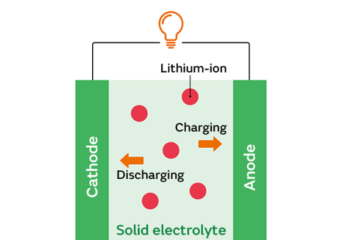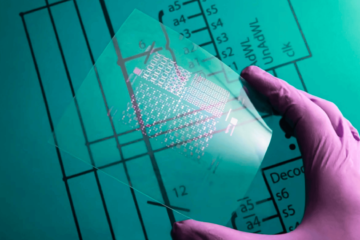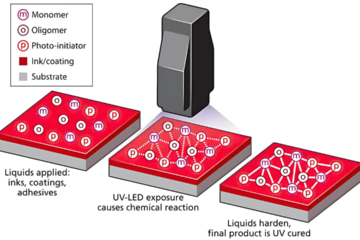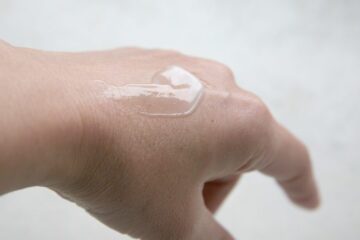Blog
Biodegradable Plastics: The Future of Sustainable Packaging
Imagine a world where packaging doesn’t contribute to the growing mountains of waste in our landfills and oceans. Instead, it breaks down naturally, returning to the earth without leaving a trace. This isn’t just a dream but a rapidly approaching reality thanks to the latest advancements in biodegradable plastics. The Read more…









